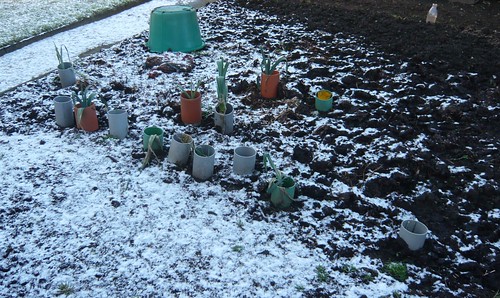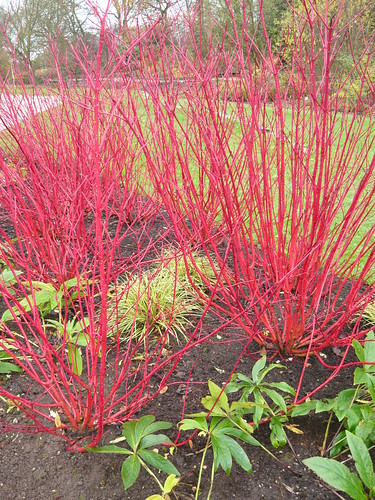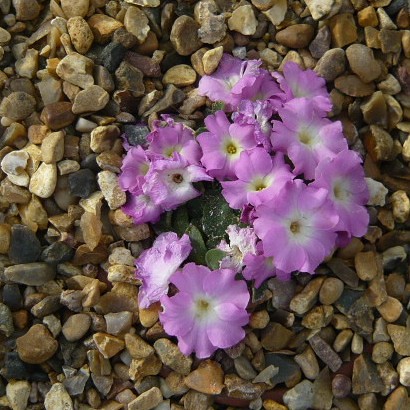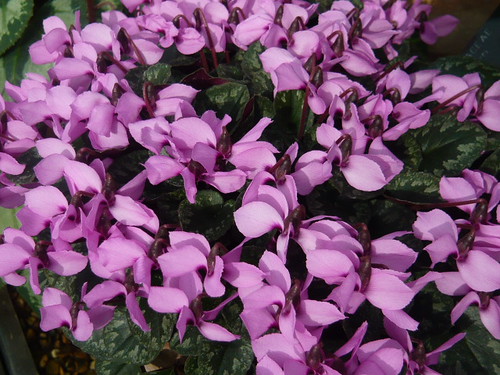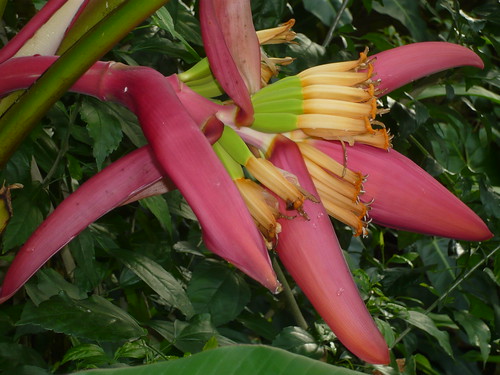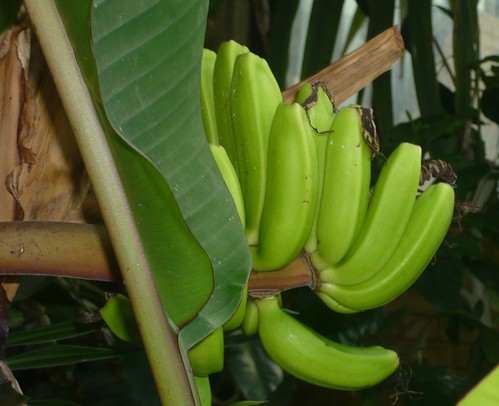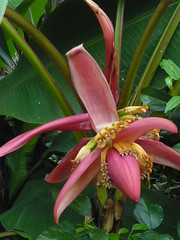Grow Edible Flowers For a Salad
Do you like flavour and fragrance in your salad or would you like some more colour? If the answer is ‘Yes’ then I suggest you grow edible flowers in your own garden.
Harvesting Edible Flowers
It is normally the petals that are eaten but small flowers may be eaten whole.
Gather the flowers early in the day when the dew has just evaporated.
Cut with a small pair of scissors
Handle them gently and carry them in a basket to avoid bruising .
Leave them aside so any insects and beetles can escape. Only wash them if necessary then pat dry with a paper towel.
Keep in a closed plastic bag in the refrigerator until required and refresh with cold water before use.
Scatter over a salad in modest proportions.
Popular Salad Flowers
Pot Marigold or Calendula petals have a vibrant range of colours and can be used fresh or dried. They add seasoning as well as colour.
Nasturtium are popular as they are easy to grow and have been eaten for centuries. Buds flowers and seeds are all peppery to taste.
Pansy and Viola have little flavour but the colour can be made available virtually all year round with winter flowering varieties.
Primroses used to be collected from the wild but it is more PC to grow your own mild flavoured flowers.
Old fashioned Roses add colour and scent but test the variety first as the base of some petals can leave an after taste.
Dianthus such as Pinks and Sweet Williams can be strongly flavoured and scented.
The flowers of herbs;Â Lavender, Sweet Bergamot, Sage, and Borage are suitable to eat in moderation.
Gardeners Tips
- Pick young, small flowers and use with subtlety to enhance a salad not over power it.
- Check the plants are identified correctly to avoid toxic flowers.
- Add dressing to a salad before sprinkling with flowers to avoid discolouration.
- Experiment with a wider range of flowers, there are lots to choose from. See Whats Cooking America ‘Edible Flowers in salads’


